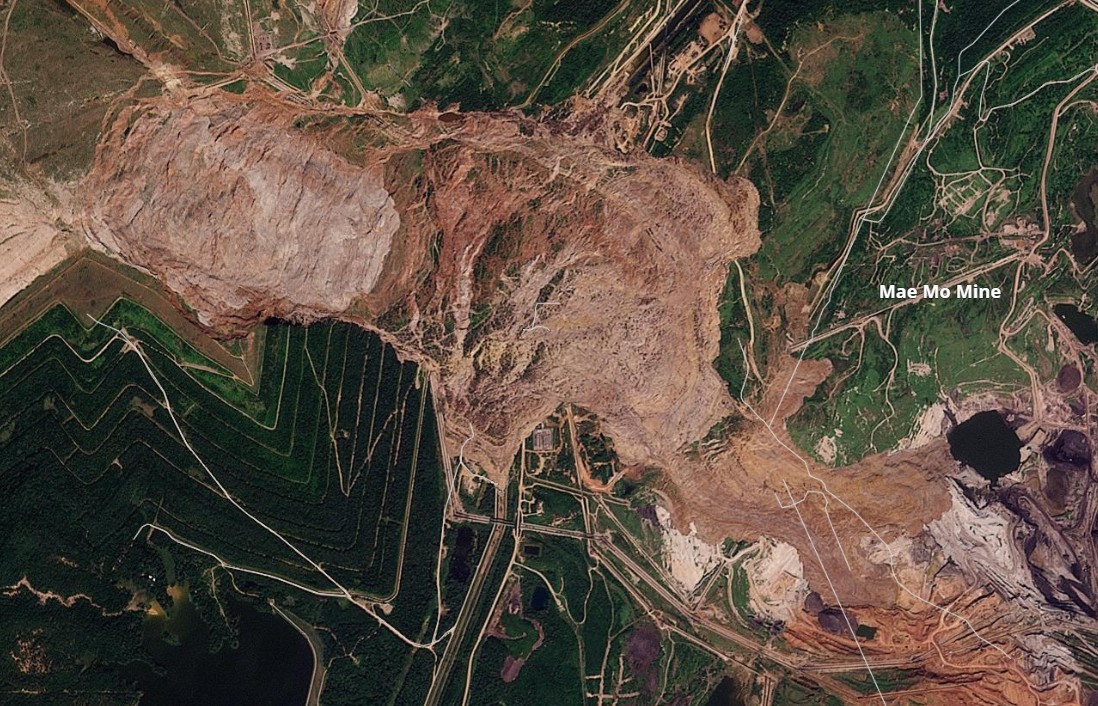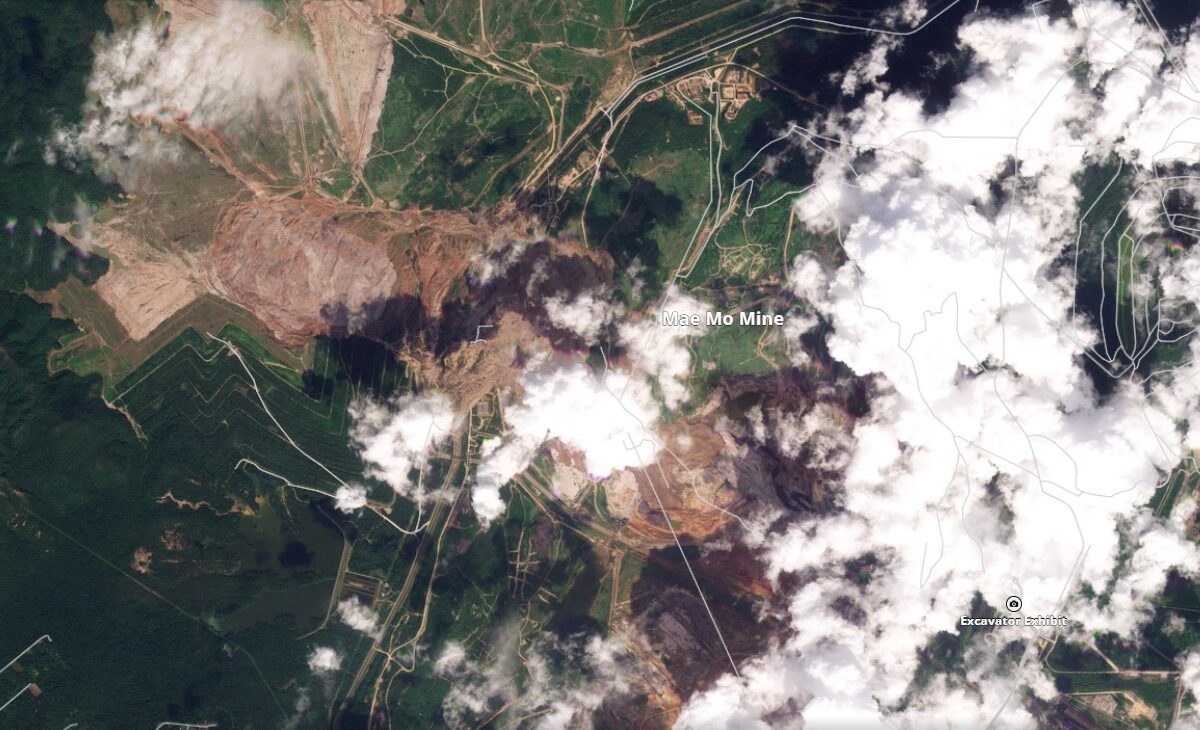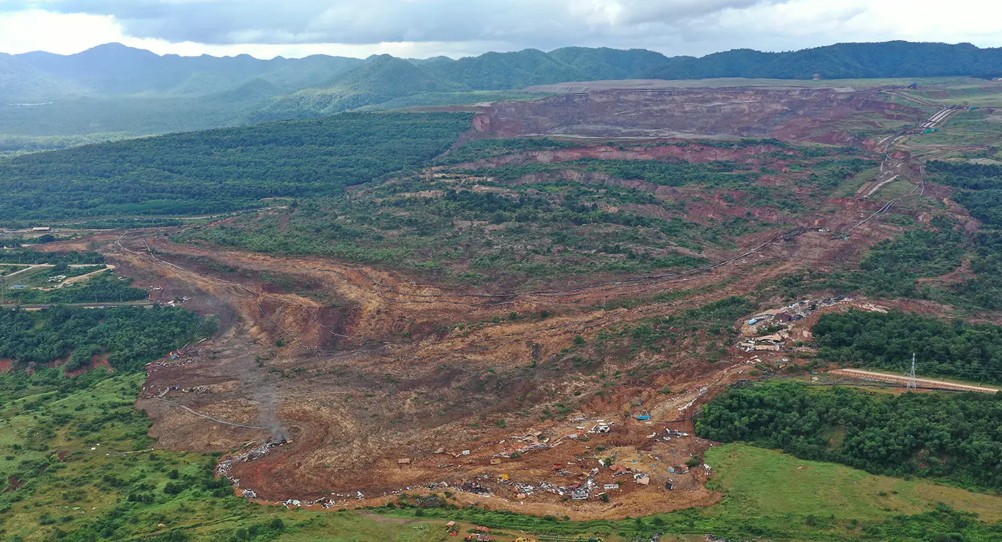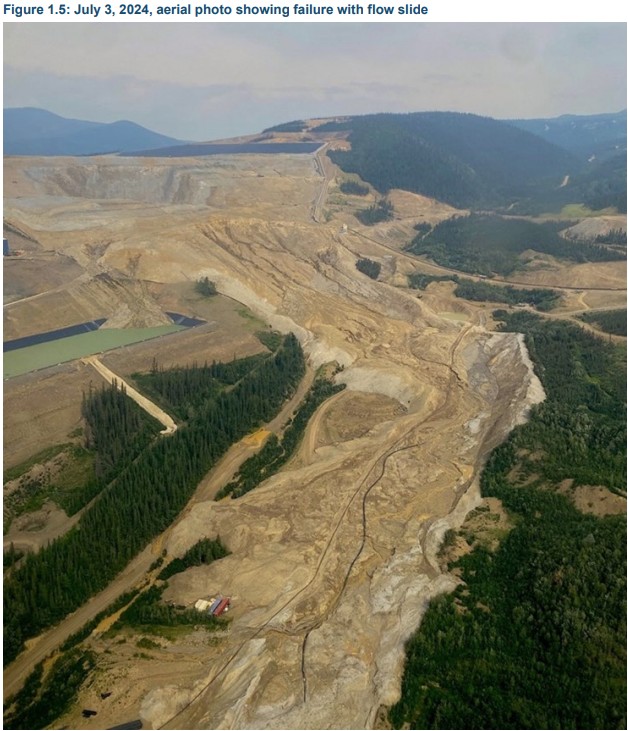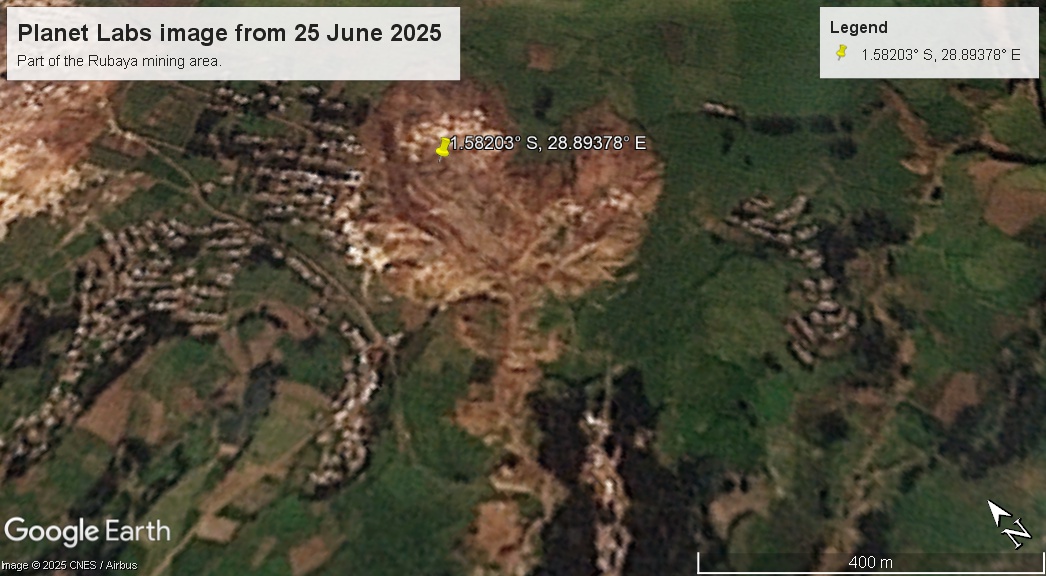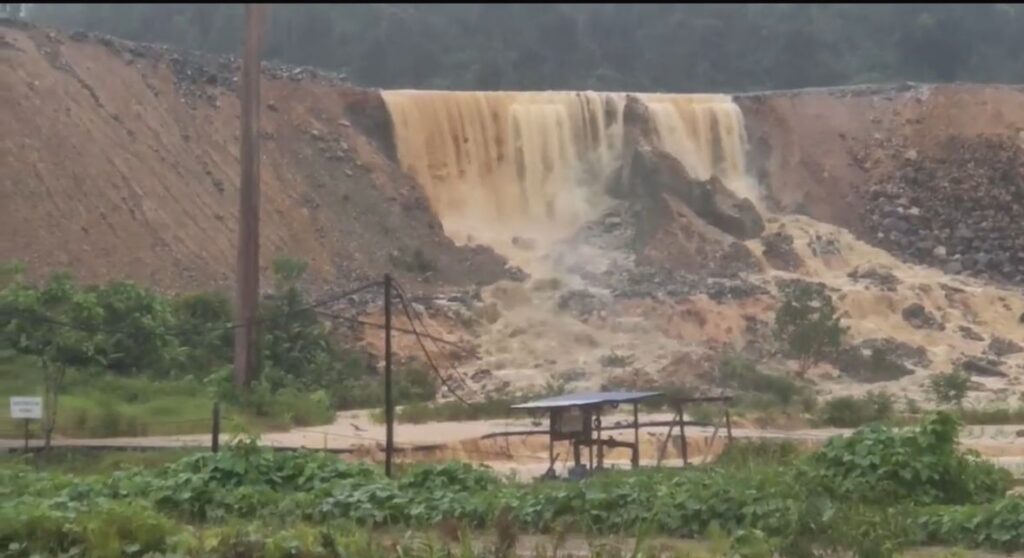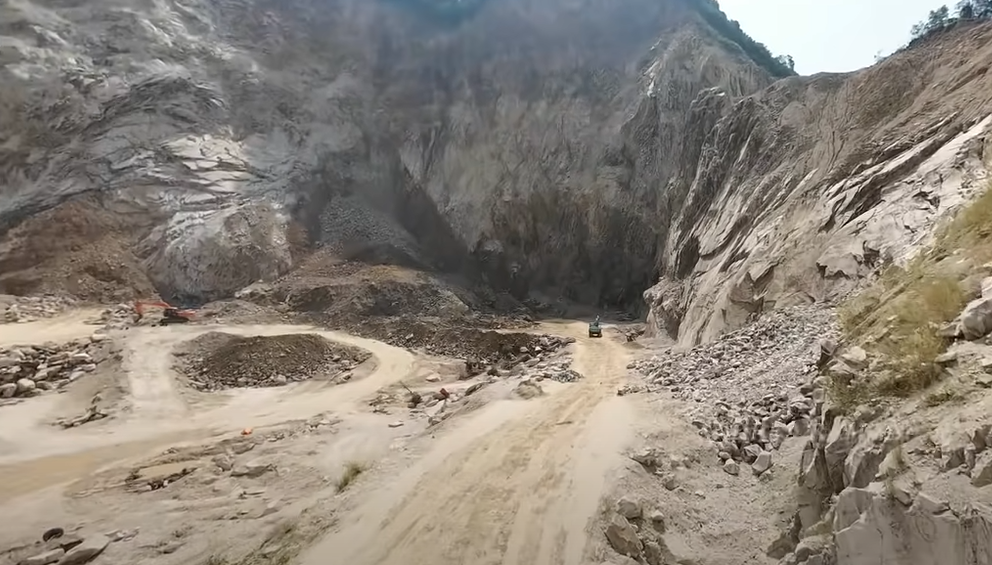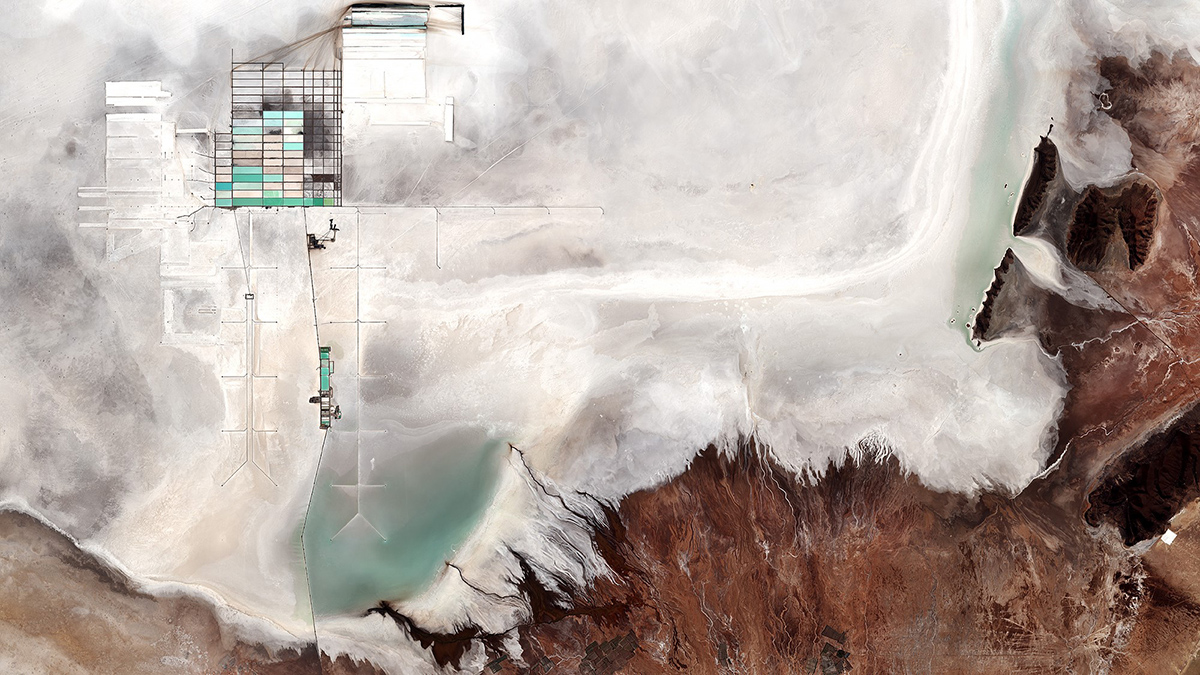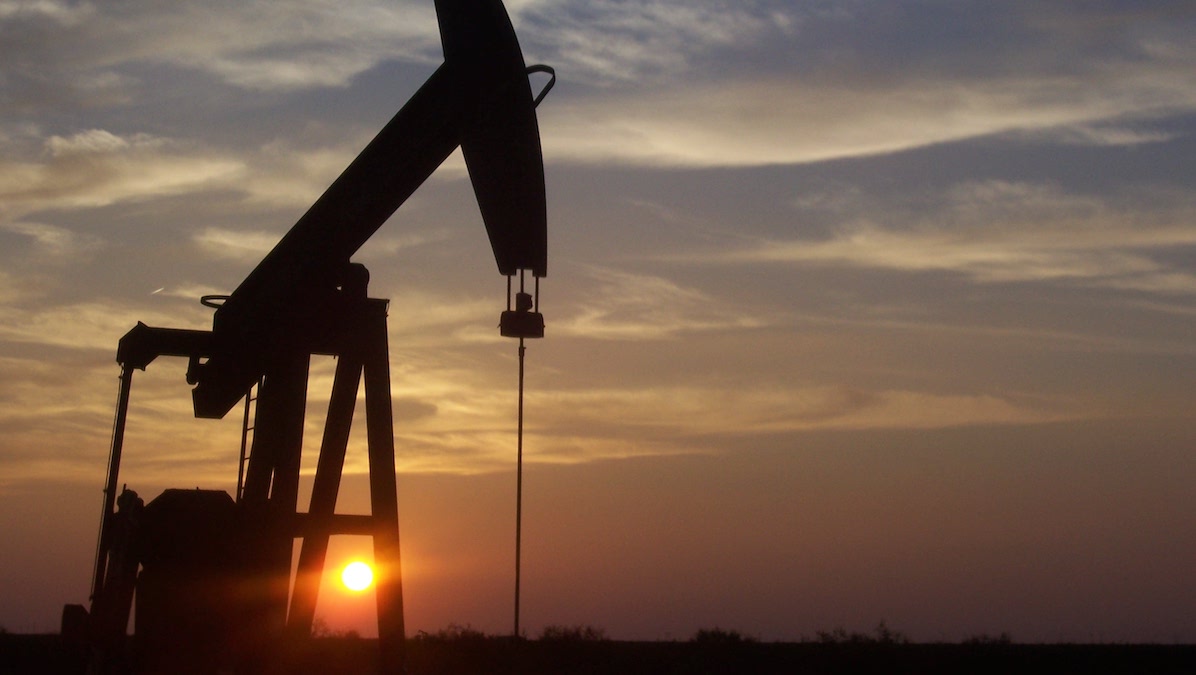Over the weekend, Planet captured near-perfect images of the Mae Moh Mine landslide in Thailand. Last week, I posted a set of Planet satellite images that captured most of the 4 November 2025 landslide at Mae Moh Mine in Thailand. However, there was considerable cloud in the imagery, which prevented a full understanding of the […]
mining
Planet imagery of the 4 November 2025 landslide at Mae Moh Mine in Thailand
Planet imagery shows the massive coal waste landslide at Mae Moh Mine. The failure was about 4.8 km long and 1.4 km wide As I noted in an earlier post on this blog, at about 4 am on 4 November 2025, a very large landslide occurred in a coal waste pile at the Mae Moh […]
The 4 November 2025 landslide at Mae Moh Mine in Thailand
A landslide in coal waste covering about a square kilometre was triggered by heavy rainfall. At about 4 am on 4 November 2025, a very large landslide occurred in a coal waste pile at the Mae Moh Mine in Thailand. This is an extremely large coal mining site that is co-located with electricity generating plants. […]
By 2051, Emissions from Coal Mining on Federal Lands Could Drop by 86%
Researchers predict that if early 2024 policies hold, emissions related to coal’s extraction, transportation, and combustion will drop over the next 25 years.
The official report of the 24 June 2024 landslide at the Eagle Gold Mine heap leach facility
The Independent Review Board has released its report into a 6 million cubic metre landslide in Canada. It indicates that an initial rotational failure triggered a flow slide that travelled 1,400 metres. On 24 June 2024, a very large landslide affected a heap leach facility (HLF) at the Eagle Gold Mine in Yukon, Canada. I […]
The 19 June 2025 landslide at the Rubaya mining site in the Democratic Republic of Congo
A major slope failure killed many people, possibly over 300, in an area of unlicenced mining of the mineral Coltan. On 19 June 2025, a very significant landslide occurred at the Rubaya mining site in Masisi territory, North Kivu, which is located in the eastern part of the Democratic Republic of the Congo (DRC). The […]
Bukit Mantri: a mine waste facility failure in Malaysia
On 17 May 2025, a failure occurred in a mine waste facility at the Tawau gold mine in Malaysia. Images suggest that this might have been an overtopping event in a contaminated water storage pond. On 17 May 2025, there was a failure of a mine waste storage facility at Bukit Mantri in Malaysia. The […]
The 30 May 2025 landslide at Gunung Kuda in Cipanas Village, West Java, Indonesia
The Landslide Blog is written by Dave Petley, who is widely recognized as a world leader in the study and management of landslides. On 30 May 2025, a rock slope major failure occurred at a quarry at Gunung Kuda, which is located on the edge of Cipanas Village in Dukupuntang District, Cirebon Regency, West Java, […]
Preocupaciones sobre el litio, el agua y el clima en los dos desiertos más altos de la Tierra
La extracción de salmuera para satisfacer la demanda de recursos en medio de la transición a energías renovables está afectando los recursos hídricos en Sudamérica y China. Los hidrólogos pueden ayudar a comprender cómo y a sumarse a la búsqueda de soluciones.
House Passes Megabill Slashing Environmental Protections
Early on 22 May, the U.S. House of Representatives passed a massive GOP-backed bill that seeks to push forward President Trump’s domestic policy agenda. Within the bill’s 1082 pages are sweeping repeals of regulations that defend the environment, mitigate climate change, and protect public health.

